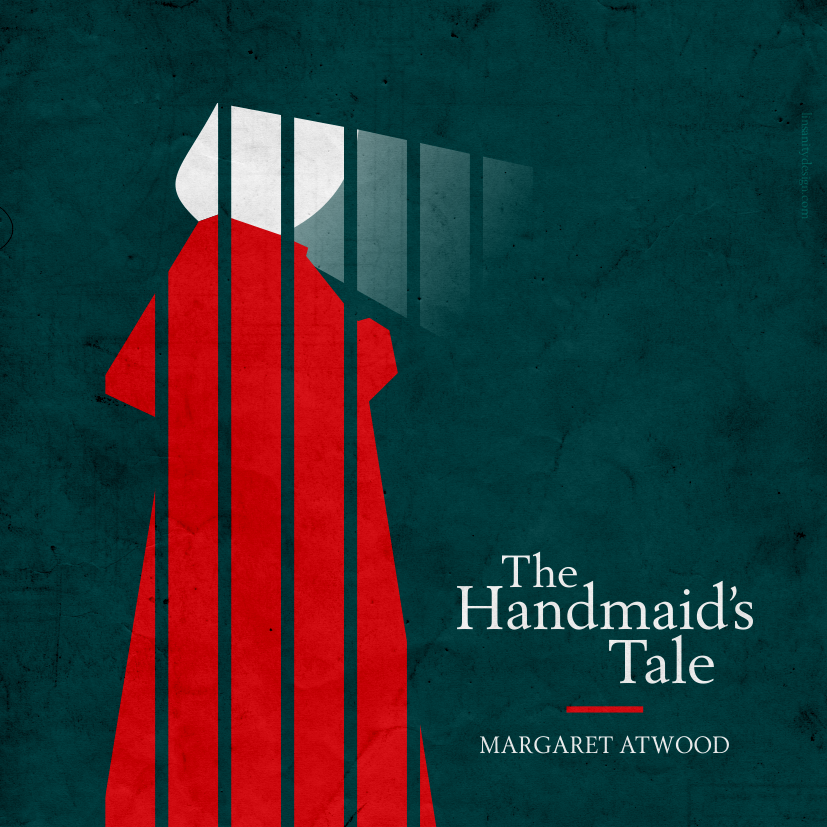A controversial academic paper in the Journal of Medical Ethics has triggered a torrent of abuse, including threats of violence and death.
Francesca Minerva and Alberto Giubilini, who wrote After-birth abortion: why should the baby live?, argue that given that those who accept abortion typically do so for reasons that have nothing to do with the foetus’s health (even where the foetus clearly is a potential person), then where abortion is permissible, killing a newborn should be permissible, on grounds of consistency. Not a palatable conclusion for many of us, though it could be read as a Swiftian modest proposal that ultimately attacks the morality of permitting abortion.
But should we be free to discuss killing babies at all? Is that on a par with publishing articles that are pro-pedophilia? Julian Savulescu, the journal’s editor, has defended the decision to publish on the grounds that the goal of the publication is not to present an ultimate truth or a simplistic view based on morals, but rather to present well-reasoned arguments based on widely accepted premises. In this spirit, Savulescu is equally ready to publish coherent responses to the controversial article.
This is a test case for the liberal defence of free speech so eloquently advocated by John Stuart Mill in On Liberty. Mill believed that dissenting, provocative and challenging voices jolt us out of the complacency of our dead dogmas. Mill writes that “Both teachers and learners go to sleep as soon as there is no enemy in the field”. Unless we have had our fundamental views challenged, we are likely to hold them in a drowsy fashion, scarcely aware of why we believe what we do.
Most of us believe that killing babies is wrong; here’s an argument that suggests that if you think that abortion on non-medical grounds is sometimes acceptable, then you probably ought to believe that infanticide is sometimes acceptable. It’s clear from the context of presentation in an academic journal, too, that this isn’t an incitement to actual infanticide, but rather a provocative move in an ongoing debate, a plea for consistency. No doubt there will be a flurry of refutations submitted to the journal.
For Mill, as for many who defend free expression, the limit of free expression is the point where someone incites harm. But the only people directly inciting harm here are those issuing death threats. They seem to have confused a contribution to an academic debate with an invitation to kill. Here context is all and quotation out of context likely to lead to misunderstanding. Yet we can take even this category mistake as a stimulus to clarify what it is we value about freedom of expression in this context and where its limits lie.
Julian Savulescu has taken just this opportunity: “Free speech” he told me, “is not valuable in itself — hate speech, for example, is not something we should seek to protect. Rational argument that seeks to engage others — that is worth protecting.”




